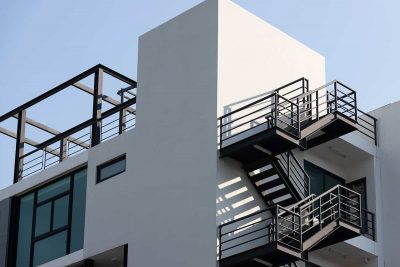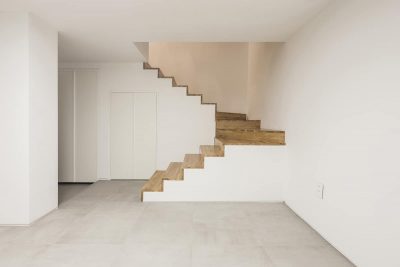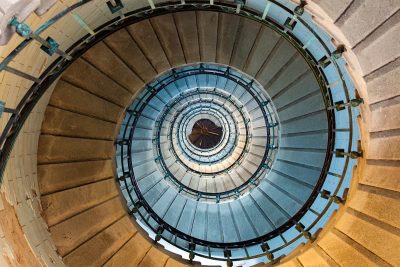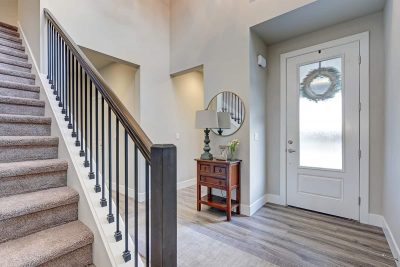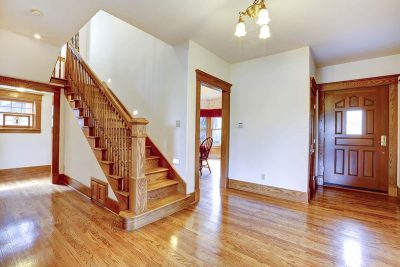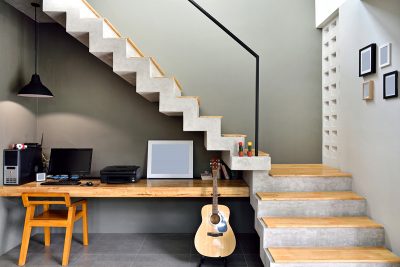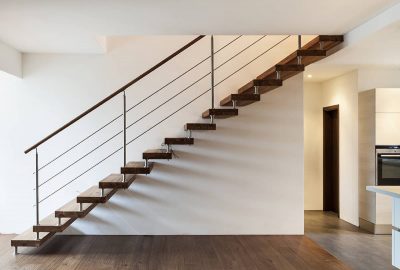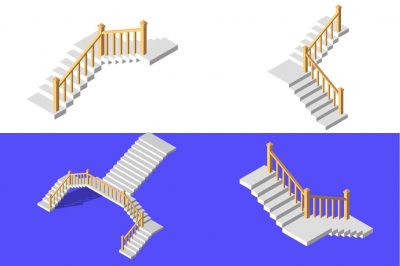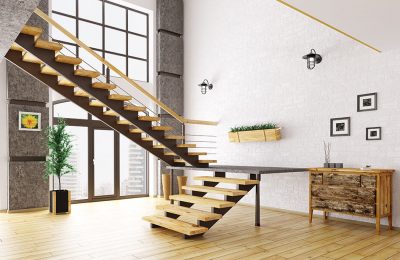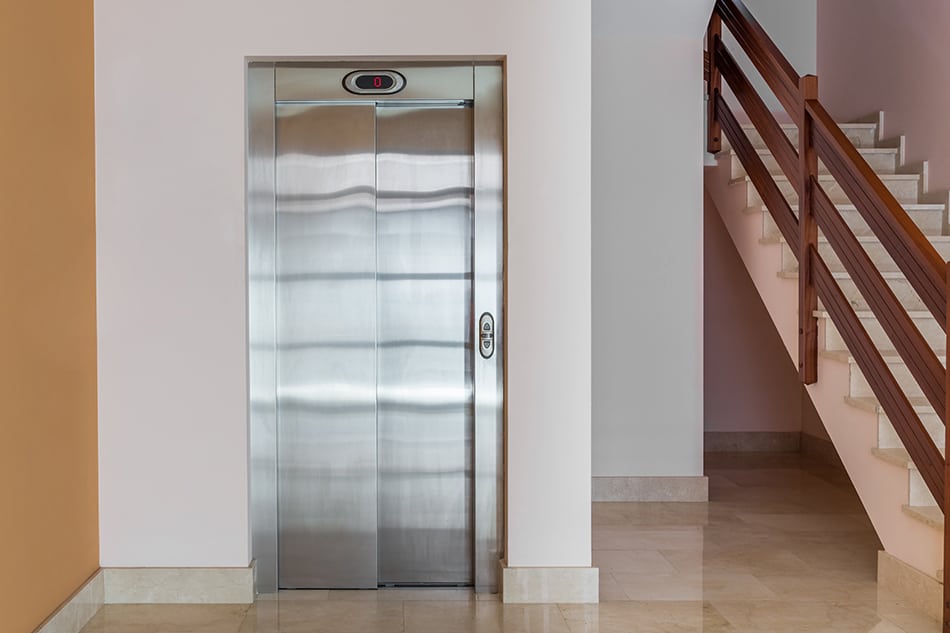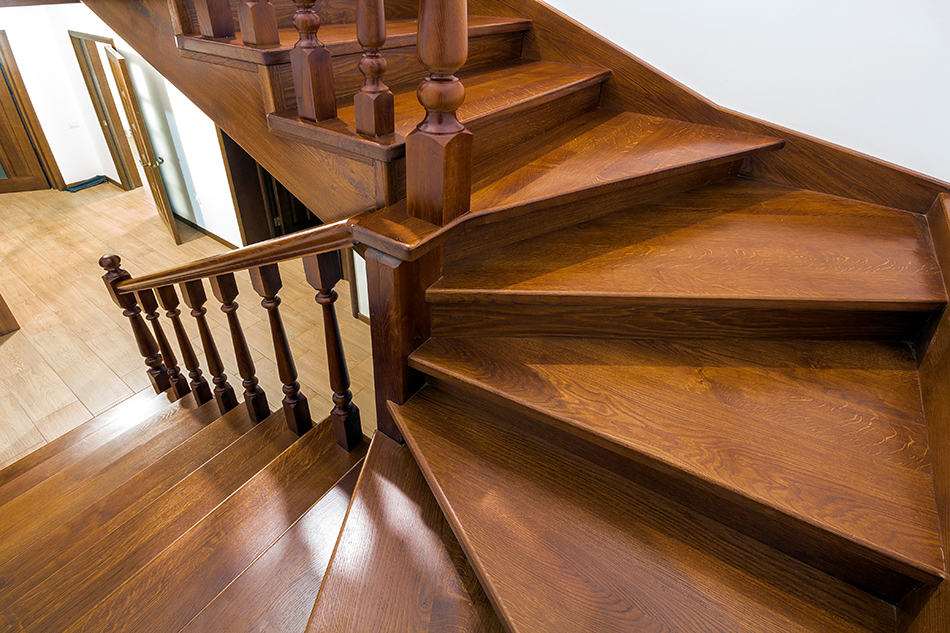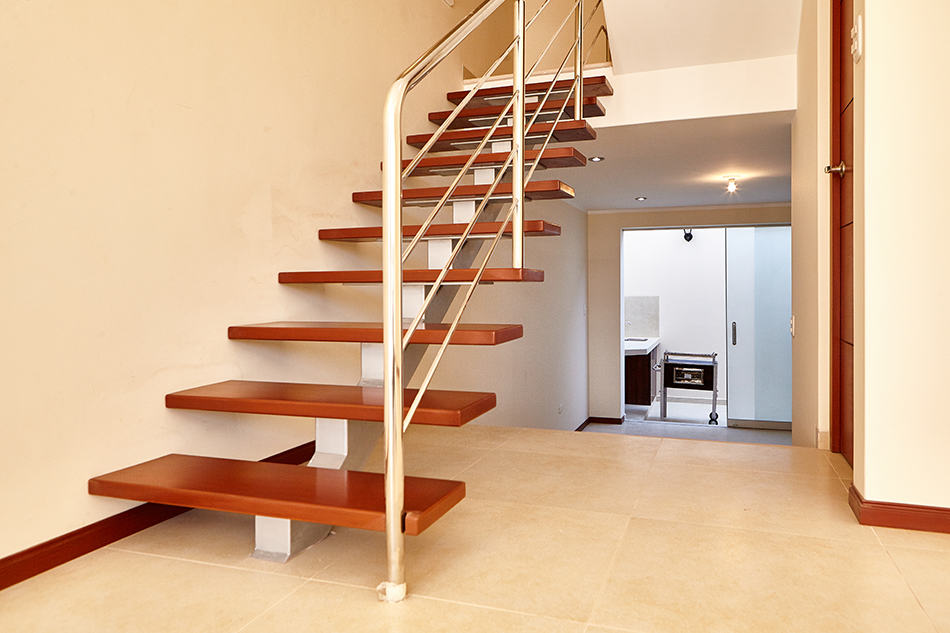An exterior stair should have a stair tread with a minimum width of 36 inches, and a minimum depth of 10 inches. The riser in residential and commercial premises must have a minimum height of 4 inches and a maximum height of 7.75 inches.
Stair head clearance is a subject that needs to be thought carefully about if you are building your own home or if you are adding a staircase to the property. If you are converting your attic into a room and will be installing a staircase to access the new attic space, or if you’re replacing an old damaged staircase with a new one, then you need to be aware of the rules and guidelines surrounding stair head clearance.
Typically, spiral staircase sizes vary with the smallest standard spiral staircase having a diameter measurement of 3 feet 6 inches and a walking path width measurement of 17 inches to the largest standard spiral staircase with a diameter measurement of 6 feet and a walking path width measurement of 32 inches.
If you are remodeling your home or planning the layout for a building project, then you’re going to need to think about where the stairs need to be in relation to the front door. Here we will look at the regulations regarding stairs and front doors, as well as the practical and style considerations you might want to think about.
A staircase is more than just a functional addition to a home. It serves to enhance the interior beauty and stand out. Since we spend a lot of time going up and down the stairs every day, it makes sense to give this creation an attractive makeover.
The decor style used on a staircase is an important, yet often overlooked, part of designing your home’s interior. The staircase in some properties is on view as soon as somebody steps into the foyer or entrance hallway, and therefore will be one of the first impressions visitors get of the house. The staircase links the upstairs to the downstairs, so it’s a good way to introduce people to the type of style they can expect in the upper rooms of your home, working as a sort of transition space between the two. Here we look at staircase wall color combination ideas for a stylish stairway.
If you are renovating your staircase, you are likely to face the decision of choosing between matching the stair flooring to either the downstairs or the upstairs of the home. This will be an easy call if your upstairs and downstairs both have the same flooring, but in many homes, the upstairs and downstairs flooring will be different.
Building codes are strictly implemented to make sure that all people, especially the elderly and children, will be safe. When constructing stairs, you also need to follow a set of rules to make the stairs long-lasting. As such, you have to follow the standard measurements for every part of the staircase. So, what are the various stair dimensions?
So you’ve decided to renovate your home to give it a modern look, but there is one space you’re probably not paying much attention to in your design plan: the staircase. One of the first things guests see when they enter your home is the staircase so you want to make sure it is an attention grabber.
An elevator is an integral part of any building, especially if it has many floors. However, installing an elevator in your building, whether it is residential or commercial, requires planning.
The floorings for stairs are not high in the list of priorities for builders and homeowners. People tend to overlook the importance of the stairway because it isn’t exactly the focal point of a home interior.
Not all floating staircases cost the same. A floating staircase could cost anything from $5,000- $30,000. This margin is so wide because the real cost of a floating staircase would depend on the elements of the individual staircase and the quality of materials used. The elements that affect the true cost of a floating staircase include the following, among others.
